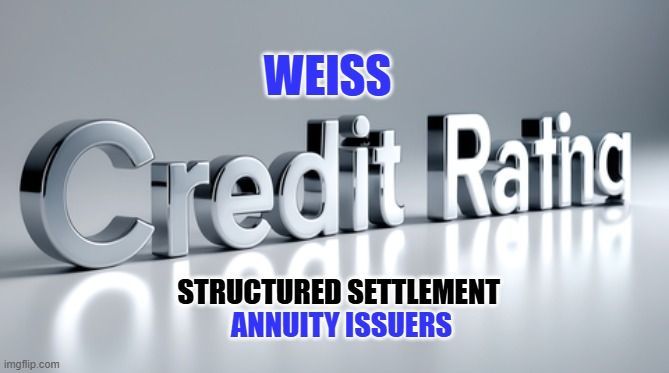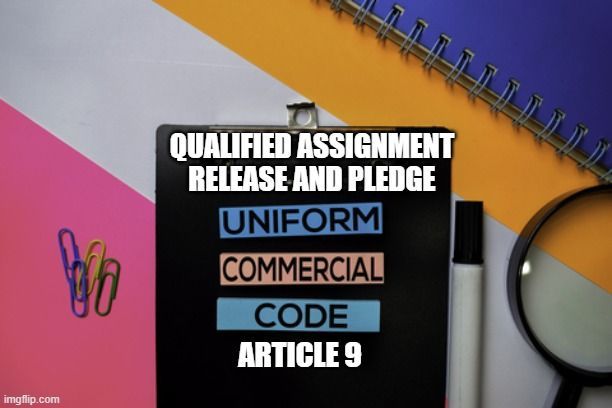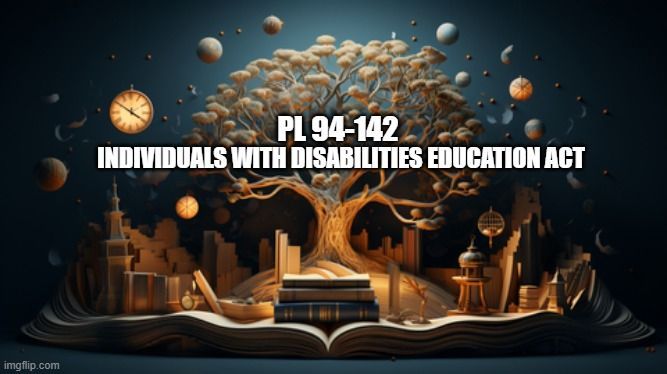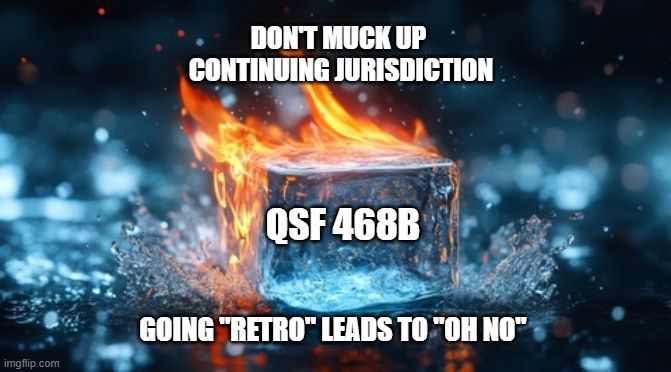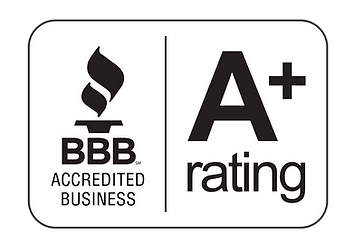Proof of Living and Structured Settlements
Why and When is Proof of Living Required?
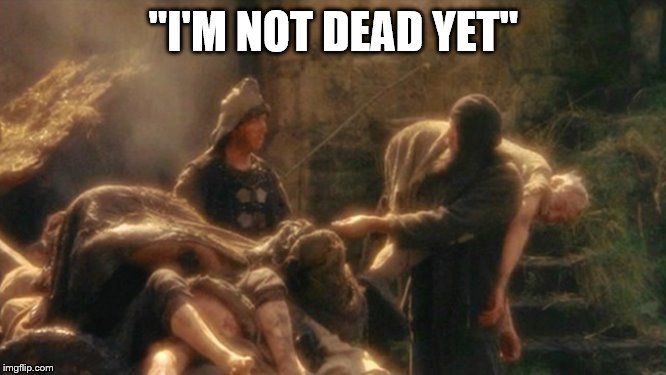
What is Proof of Living with a Structured Settlement Annuity?
Proof of Living is a common requirement in order to receive life contingent structured settlement payments where the payee and/or guardian is a foreign national. If you have a structured settlement with a long period certain period, it may seem a little weird when the period certain epriod ends and the payment become life contingent andyou receive a request to prove that you are still alive.
Proof of living helps to prevent overpayment and potential fraud.
There are no beneficiaries to life contingent structured settlement payments. By contract, payments stop when the Measuring Life dies. Where foreign nationals, undocumented aliens or their children suffer serious personal injury in the United States, if a structured settlement is a component of the settlement, they may desire lifetime payments. The difficulty to track someone down or easily verify they are still living in some countries however, is a concern for life insurers who issue structured settlement annuities.
Proof of Living (also known as Certificate of Life, Certificate of Existence, Letter of Existence, Proof of Life) is a certificate produced by a trusted entity to confirm that an individual was alive at the time of its creation. Governments, pension and insurance companies and other bodies may need to check periodically that the people they are paying have not died so that they do not overpay annuities and pensions. Where individuals are resident outside their country of origin, a Certificate of Life may sometimes be obtained from a person's embassy in their country of residence by producing proof of identity such as a passport.
Why is proof of life not required of everyone who is receiving structured settlement payments?
If a structured settlement payee has a Social Security Number, the insurance company can pull data from the Social Security Administration's Death Master File.
What is the Social Security Death Master File (DMF)
The Death Master File (DMF) is a computer database file that has been made available by the United States Social Security Administration since 1980. It is known commercially as the Social Security Death Index (SSDI). The file contains information about persons who had Social Security numbers and whose deaths were reported to the Social Security Administration from 1962 to the present. Typically a death certificate includes the social security number.
The data in the Death Master File includes:
Name (Given name, surname), since 1990s with the middle initial
Date of birth (Year, Month, Day)
Date of death (Year, Month), since 2000 the day of month
Social Security number
Whether death has been verified or a death certificate has been observed.
Proof of Living Requirement in Action
On October 1, 1997, the I nfant Compromise Order of Judge Ira Gammerman, entered in the Supreme Court of New York, County of New York, in the matter captioned Canan Ipek and Hayrullah Ipek, as parents and natural guardians of their son, Ekincan Ipek, and Canan Ipek and Hayrullah Ipek, Individually v. The Mt. Sinai Hospital, Index No. 121180/96 (the “Guardianship Matter”) in the event of the demise of Ekincan, the guardians were ordered to" arrange for the primary care physician of Ekincan to “furnish to [Wilcac] a letter attesting to the death of [Ekincan] within 4 days"
The Infant Compromise Order also specifically provided that " the future life contingent payments and the non-guaranteed payments shall cease if the infant leaves the United States or if CNA Structured Settlements, Inc. is not notified annually of his life status"
Ekincan died March 31, 2016, but Wilcac LIfe was not notified until September 15, 2016 when it received a copy of the death certificate by priority mail. Because Wilcac Life was not promptly advised of Ekincan’s death, the Life Contingent Monthly Payments of $45,377.69 each, from April 15, 2016 through and including September 15, 2016 were paid to Ekincan, totaling $272,266.14 (the “Overpayment”). Neither Ekincan nor his parents, the Ipeks, were entitled to these funds pursuant to the terms of the Annuity contract and the insurer filed suit December 10, 2019 to seek recovery of the overpayment after the the parents and guardians refused to return it.
Last updated March 16, 2024

